As Remembrance Day approaches, it’s a good time to take to learn more about the nature and impact of wars with a trip to the Imperial War Museum.
War stories have always been handed down from generation to generation but sadly we never seem to learn the lessons of conflict.
I remember my grandfather telling me stories of his foreign travels as a soldier in the First and Second World Wars.
He was one of the last men to get off the beach at Dunkirk, the water lapping at the top of the boat because it was so overcrowded.
His tales of serving on a submarine frightened me as a child – the claustrophobic ‘coffin’ of a vessel and the constant threat of attack from the Germans.
Later he served in North Africa and Egypt where I recall the grainy black and white photographs of him and his military chums pictured next to pyramids and camels in army attire.
My father also handed down the stories of his family’s wartime tragedies a generation later. During the Second World War his two young brothers were killed in action.
One of them, Arthur, was never found although two years ago I discovered on the internet that he was buried in a Burmese military cemetery. It was he first news we’d heard of him for 60 years.
Every family has its own story of how war has affected their lives, with today’s generation being affected by the conflict in Afghanistan
So a trip to the Imperial War Museum in Salford this week was a chilling reminder that war destroys lives, communities and countries.
Architecture of war
The Imperial War Museum North’s collections are a sobering reminder of why we must never forget and, most importantly, why we must try harder to resolve conflicts before they escalate into wars.
Daniel Libeskind’s architecture speaks volumes about war and conflict with its design concept of a globe which has been shattered into fragments and then reassembled.
The building is structured aroung three large interlocking fragments which represent earth, air, and water.
These shards are supposed, in the words of the architect, to “concretize the 20th Century conflicts which have never taken place on an abstract piece of paper, but rather have been fought by men and women by land, sky and sea”.
The Air Shard provides a dramatic entry into the museum, with projections of war images, observatories and strangely shaped spaces.
Those with a head for heights can ascend to the top of the tower for panoramic views of the Manchester Ship Canal and surrounding area.
There’s more than a hint of reflection and contemplation as you travel to the top of the tower through a mesh-like structure.
As you move through the building, you come to the Earth Shard which forms the museum’s main collection space where the story of how war has affected the lives of British and Commonwealth citizens unravels.
There are brilliantly presented displays from the First and Second World Wars as well as recent conflicts in Iraq and Afghanistan.
Beyond the main collection, the Water Shard forms the platform for viewing the Manchester Ship Canal, complete with a restaurant, cafe, deck and performance space.
It’s a striking building which makes you think about the futility of war as much as the wartime exhibits themselves.
I’m a big fan of Daniel Libeskind’s architecture and this is one of his most striking interiors, although my personal favourite is his incredible Jewish Museum in Berlin.
Libeskind has the gift of engendering an emotional as well as an intellectual response to his buildings which leave you thinking about them for a long time after you’ve visited them.
War stories
One of the things that the Imperial War Museum North does so well is to tell the story of conflict over the last century brilliantly.
Everyone learns about the First and Second World Wars in history lessons at school but the museum takes a fresh perspective, telling the personal stories behind the historical facts.
In the Second World War section there’s a clever display of the displacement effect of wars, using luggage to create a wall of human suffering.
From imposed exile and evacuation to the forced movement of people and the incarceration of prisoners of war, the displays of personal possessions, diaries and small objects create a sense of the human impact of war.
A series of ‘time stacks’ made up of columns of drawers running from ceiling to floor is another subtle way of conveying the human impact of war.
Visitors can open the drawers to reveal the personal stories of ordinary people and soldiers together with their treasured possessions and histories.
The main exhibition shows both the experience and legacy of wars including the impact on everyday life, from air raid shelters to black-out screens in the Second World War.
I was struck by a young boy of about 11 who was watching a chilling film warning of what to do in case of nuclear attack dating from the Cold War.
He turned several shades of green and looked increasingly anxious as the voiceover explained what to do with your dead following a nuclear strike.
Simply “carry them outside and bury them in the garden once you have been told it’s safe to go outdoors”.
Perhaps this was so powerful because today many of us have lost sight of what real war looks like on the ground – recent conflicts in Iraq, Afghanistan and the Gulf have been fought at arm’s length from our shores.
But if we ever needed a reminder of what modern conflict means today, there are two chilling exhibits that wake us up to the horrors of international terrorism.
A burned-out car, pulverised down into rusty scrap metal, is one of the main exhibits in the exhibition space.
This real life car was blown up, along with several others, as part of a suicide bomber’s terrorist attack in a busy street in Baghdad, killing dozens of people.
Artist Jeremy Deller has been touring the exhibit around the UK as a symbol of the monstrous impact of terrorism and conflict.
Next to it there is another chilling reminder of the devastating impact of terrorism from the 9/11 attack on New York’s World Trade Centre in 2001.
The mangled, steel shards of the centre’s structure echo the Imperial War Museum’s own architectural style and ‘exploding’ fragments.
Standing close to the wreckage, it’s shocking to reflect on the enormity of the terrorist attack which killed 2,977 people from 90 nations.
This is just one very small part of the towers but it looks huge when you stand alongside it.
The 9/11 events, of course, also led to further conflict from the ‘war on terror’ to the continuing terrorist attacks on Madrid, London and elsewhere.
Closer to home the museum also chronicles London’s terrorist attacks. It’s depressing but you have to ask yourself if anything has changed for the better in the last 10 years.
Alongside these exhibits, the museum hosts an immersive film show called ‘The Big Picture’ every half an hour.
On my trip the film covered conflict resolution around the world through projections of interviews and graphics.
Although interesting, previous shows I’ve seen on the First and Second World War as part of the museum’s Big Picture series have been more compelling in my view.
Big war objects
If you’re not so keen on the detail and minutiae of war, the museum boasts some excellent large objects including a Harrier Jump-jet, a Leopard patrol vehicle, a T34 Russian tank and a Trabant car from Berlin during the Cold War.
There’s also an area called ‘action stations’ and a learning zone for children and families.
There’s plenty of interactive displays for those with a high boredom threshold who prefer hands-on activities.
The museum weaves in modern day conflicts in Iraq and Afghanistan as well as terrorism, often using art works to provide a stimulus to provoke a response.
There’s an impressive area with changing displays including the current exhibition called ‘Catalyst – Contemporary Art and War’ which contains paintings, photography and videos reflecting on war around the world.
One work stood out – the ‘re-created’ image of former Prime Minister Tony Blair taking a snapshot of himself on a mobile phone against the background of an exploding, devastated landscape in Iraq.
It’s a chilling reminder that politicians so often get things wrong when it comes to dealing with conflict.
Extraordinary stories
What the Imperial War Museum does best is to tell the stories of what it calls “ordinary people in extraordinary times” although I was tempted to change that strapline to “extraordinary people”.
At the end of the day, it’s the personal stories of courage, sacrifice, survival and determination which shine through and make this a compelling experience.
Although this could be a depresssing trip, I found the Imperial War Museum in Salford thought-provoking and in some ways uplifting.
It’s the human spirit that often cuts through, but we must never forget our history and the devastating impact of war.
As we approach the 100th anniversary of the First World War next year, it is sobering to think about the legacy of the ironically named “The Great War”.
My grandfather came back from that horrific war but 8.5 million didn’t make it home, something we should never forget.
In the words of the late, great singer Edwin Starr – “War, what is it good for? Absolutely nothing”.
Imperial War Museum – travel tips
The Imperial War Museum North is located in Salford overlooking the Manchester Ship Canal in North West England.
Travel to the museum by tram from Manchester city centre and get off at Salford Media City and walk over the bridge. Alternatively, drive from Manchester to Salford via the Manchester Outer Ring Road (M60).
Opening times are 10:00-17:00 daily (except Christmas Bank Holidays). Admission to the museum is free. There’s also a brilliant museum shop, a cafe and learning zone.
The museum’s sister museum, the Imperial War Museum London, is closed until 2014 for refurbishment so why not venture north to this exceptional collection as an alternative?
Other places of interest nearby include the Lowry Centre with paintings by LS Lowry (walking distance), BBC Media City and a wide range of attractions in Manchester city centre.
Categories: Architecture, Heritage, History, North West England, Travel, USA

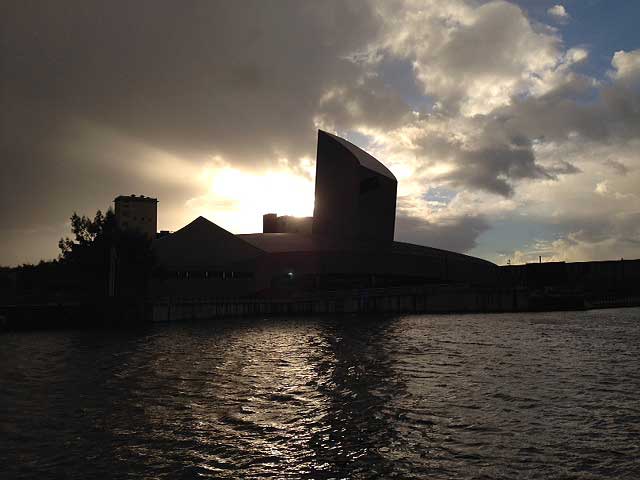
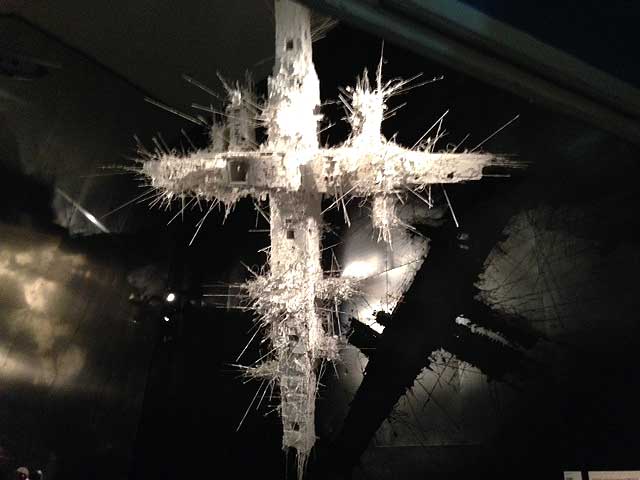

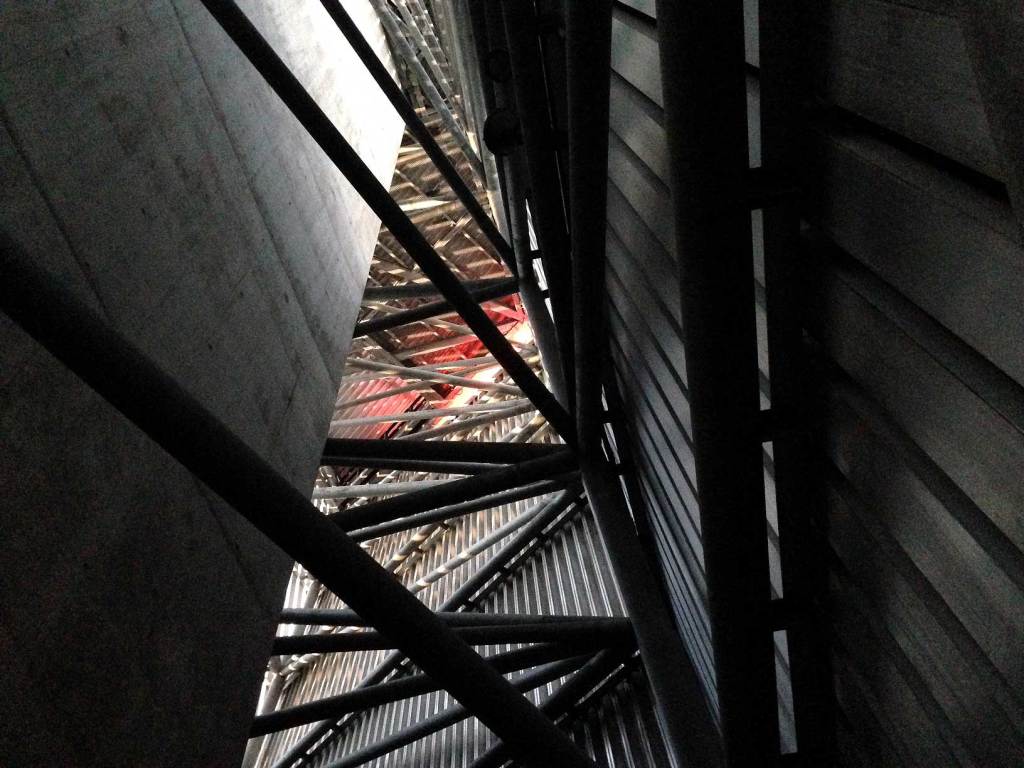



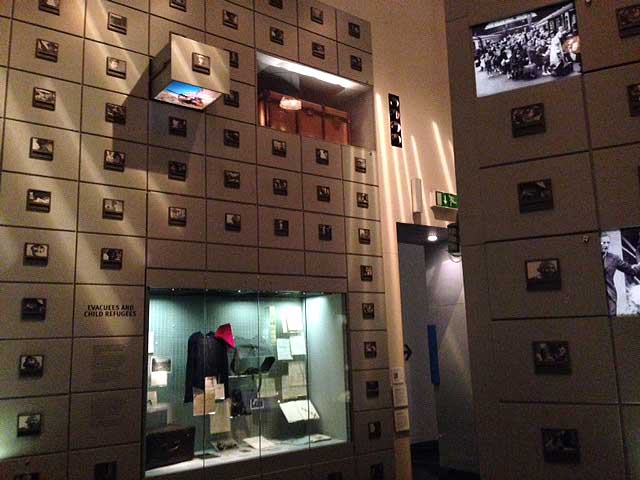

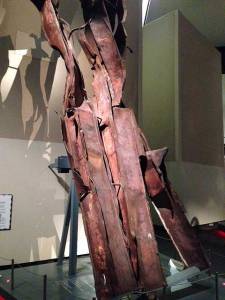
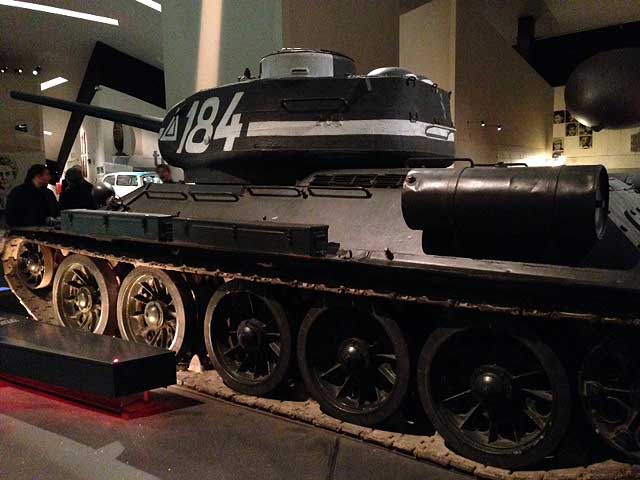
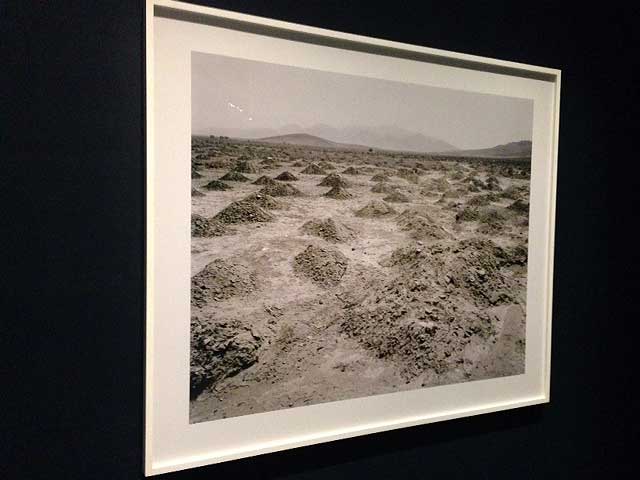
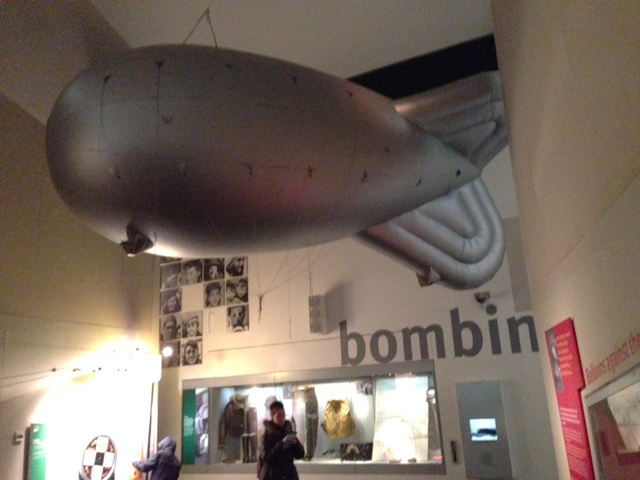
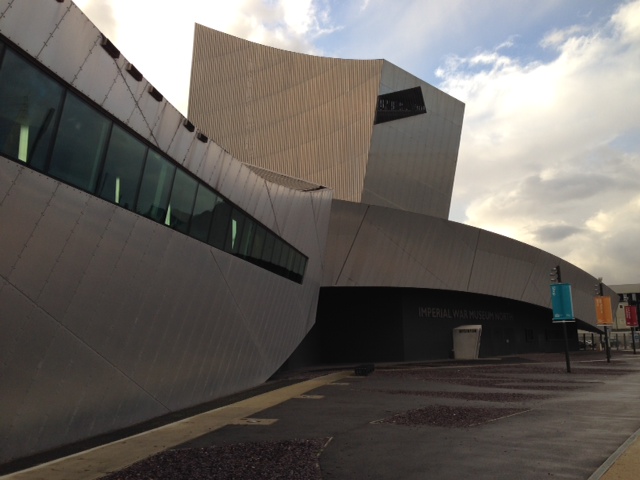

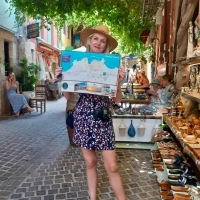

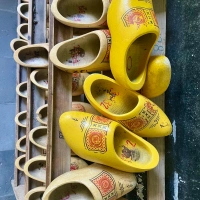

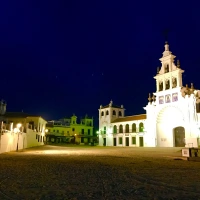

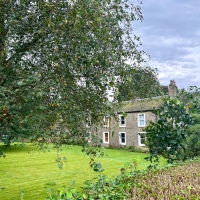
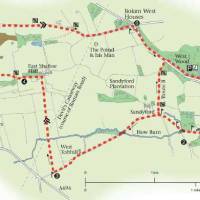
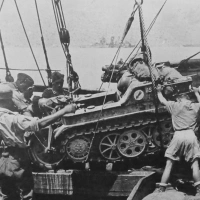
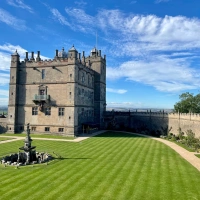

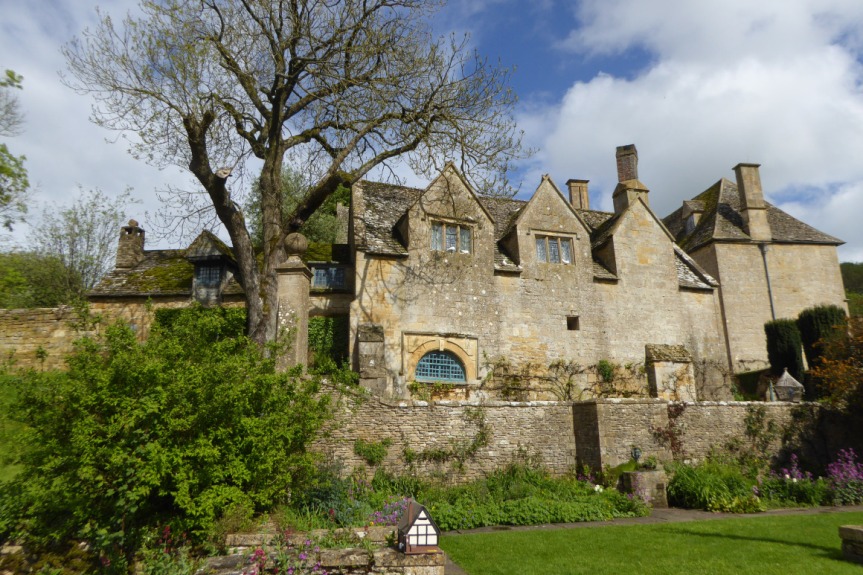



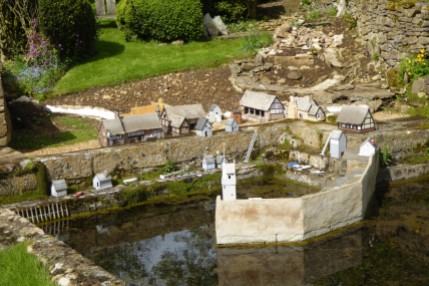



Hi Tammy,
What a brilliant and insightful post. Glad you took so much from your visit to IWM North.
We hope you’d like to visit us next year for our First World War Centenary exhibition.
Kind Regards
Lorna,
Press and PR Assistant
IWM North
Thanks Lorna- that’s most kind. I’ll be back for the First World War exhibitions next year – look forward to seeing what you’re planning.